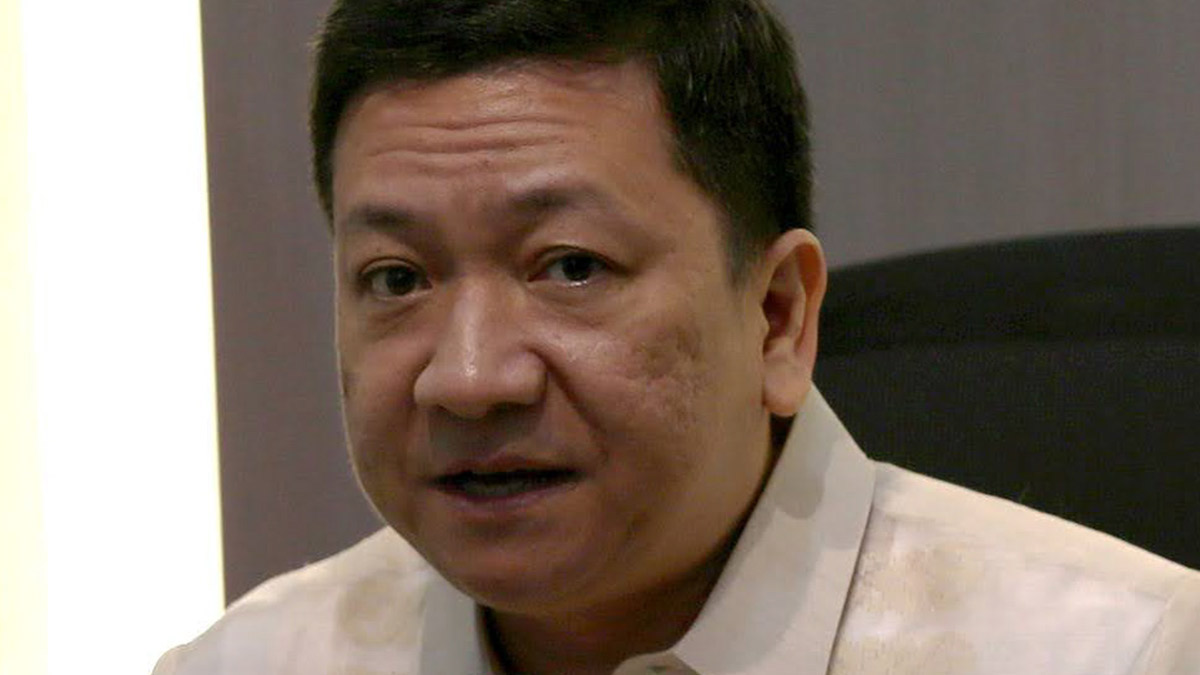NSC: Island-building China, not PH, wrecking reefs
MANILA, Philippines — Look who’s talking.
It is China — the aggressive, large-scale builder of militarized artificial islands in the South China Sea (SCS) — and not the Philippines that has wreaked havoc on the marine environment in the resource-rich waterway, Philippine officials said on Tuesday.
The National Security Council (NSC) rebuffed China’s fresh allegation that the grounded warship BRP Sierra Madre, now serving as a Philippine military outpost, had “gravely damaged” the coral reef system at Ayungin (Second Thomas) Shoal.
READ: China seen behind new WPS island-building
China also spoke of beached Philippine “warships” as the culprit, although on record only the Sierra Madre would fit that description. By recalling the grounding of this vessel, China is also bringing up an event that happened 25 years ago, in 1999.
China claims Ayungin—calling it Ren’ai Jiao—and other maritime features in the West Philippine Sea (WPS), the name used by Manila to mark parts of the SCS that lie within the country’s exclusive economic zone.
In a statement on Tuesday, NSC Assistant Director General and spokesperson Jonathan Malaya said it was China that had been found to have caused “irreparable damage to corals” in the WPS.
“It is China that has caused untold damage to the maritime environment, and jeopardized the natural habitat and the livelihood of thousands of Filipino fisherfolk,” Malaya said.
Cited in arbitral ruling
The destruction wrought by China’s island-building and fortifications was even cited in the July 2016 arbitral ruling that voided its maritime claims in the SCS, he added.
According to the ruling, China “aggravated” its maritime dispute with the Philippines by building a large artificial island on Panganiban (Mischief) Reef, “inflicting permanent, irreparable harm to the coral habitat” in the area.
It also cited China’s island-building and construction work in Calderon (Cuarteron) Reef, Kagitingan (Fiery Cross) Reef, Burgos (Gaven) Reef, Mabini (Johnson) Reef, McKennan (Hughes) Reef, and Zamora (Subi) Reef.
These artificial islands now serve as Chinese military bases, said Malaya.
“The arbitral tribunal found that Chinese authorities were aware that their fishers were harvesting endangered sea turtles, coral and giant clams on a substantial scale in the South China Sea, using methods that inflict severe damage on the coral reef environment, and they had not fulfilled their obligations to stop such activities,” he said.
Collated evidence
In a 2023 report, the Asia Maritime Transparency Initiative said China’s island-building activities were responsible for the destruction of around 19 square kilometers of coral reefs.
The Philippines, according to Malaya, has also collated evidence that China caused severe damage to corals in Panatag (Scarborough) Shoal, Rozul (Iroquois) Reef, Escoda (Sabina) Shoal, and Pag-asa Cays 1, 2 and 3, among others.
The “swarming and indiscriminate, illegal fishing activities” of Chinese maritime militia in these areas “severely degraded” the marine environment, he said.
“We call on the public and the international community to be wary and conscious of ongoing activities by Chinese state-owned media and so-called “Chinese experts” to spread fake news and disinformation and conduct malign influence operations in the Philippines, including this false accusation against BRP Sierra Madre,” he said.
China said on Monday that “illegal” beaching of “Philippine warships” at the Nansha Islands—China’s name for the Spratlys group of islands—had gravely damaged the coral reef ecosystem in the area, as both countries tussle over disputed territory in the South China Sea.
China’s Ministry of Natural Resources, in a comprehensive report, said Philippine warships have been “illegally beached” around Second Thomas Shoal near Nansha Islands for a long time, “and it has seriously damaged the diversity, stability and sustainability of the reef ecosystem.”
The report proposes that the Philippines should remove the “illegal” beached warships to eliminate the source of pollution and avoid continuing to cause sustained and cumulative harm to the coral reef ecosystem.
Aside from the Sierra Madre, there is no other major Philippine vessel on record that has been deliberately grounded for strategic reasons in the SCS.
China’s report said that from 2011 to 2024 coverage of reef-building corals at the Second Thomas Shoal reef platform declined about 38.2 percent.
Legal options
Last year, the Philippines said it was exploring legal options against China accusing it of destruction of coral reefs within its exclusive economic zone in the South China Sea.
Over the weekend, the Philippines said China’s largest coast guard vessel had anchored in Manila’s exclusive economic zone in the waterway, a move meant to intimidate.
Despite ongoing altercations, both countries last week agreed for the need to “restore trust” and “rebuild confidence” to better manage maritime disputes. —with a report from Inquirer Research
For comprehensive coverage, in-depth analysis, visit our special page for West Philippine Sea updates. Stay informed with articles, videos, and expert opinions.



















